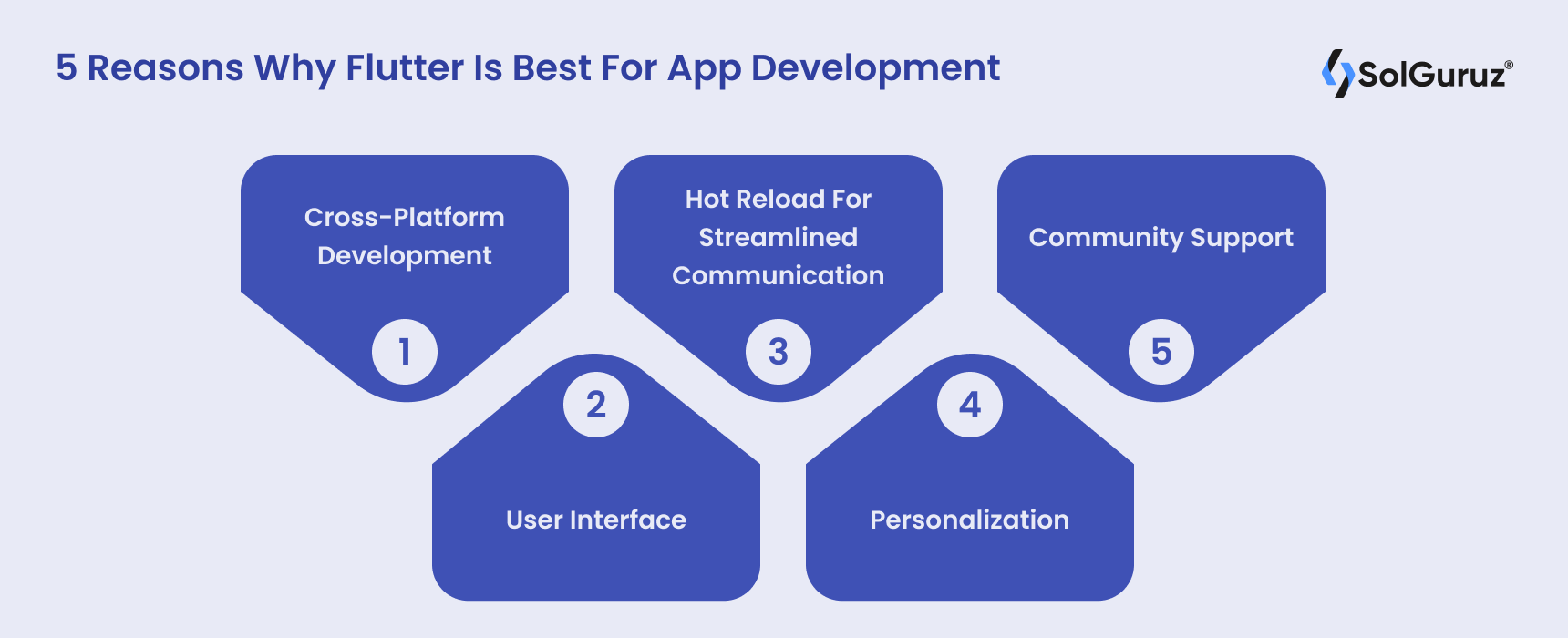Getting Started with Flutter: The Basics
Flutter is an open-source UI toolkit developed by Google that empowers developers to create natively compiled applications for mobile, web, and desktop from a single codebase. It’s known for its fast development process, expressive UI, and a strong community. If you’re new to Flutter, this guide will walk you through the basics to get started.
Why Choose Flutter?
Cross-Platform Development: Write once, run on multiple platforms (iOS, Android, Web, Desktop).
Hot Reload: See your code changes instantly without restarting the app.
Customizable Widgets: Build beautiful UIs with Flutter’s extensive widget library.
Dart Language: Uses Dart, an easy-to-learn programming language.
Setting Up Flutter
Install Flutter SDK: Download the Flutter SDK from the official website and add it to your system’s PATH.
Set Up an IDE: Use VS Code or Android Studio for a seamless development experience.
Check System Requirements: Run
flutter doctorin your terminal to ensure all dependencies are installed.
Creating Your First Flutter App
Open a terminal and run:
flutter create my_first_app cd my_first_app flutter runThis creates a basic app with a counter that increments when you press a button.
Understanding Flutter’s Architecture
Flutter apps are built using widgets. Everything in Flutter, from layout to UI elements, is a widget.
StatelessWidget: A widget that does not change its state.
StatefulWidget: A widget that has mutable state and can change during runtime.
Example:
import 'package:flutter/material.dart';
void main() => runApp(MyApp());
class MyApp extends StatelessWidget {
@override
Widget build(BuildContext context) {
return MaterialApp(
home: Scaffold(
appBar: AppBar(title: Text('Hello Flutter')),
body: Center(child: Text('Welcome to Flutter!')),
),
);
}
}Flutter’s Widget Tree
Flutter follows a tree structure for widgets. For example:
MaterialApp: Wraps your entire app.Scaffold: Provides the structure for the basic material design layout.AppBar: Displays the app’s title and navigation options.Text: Displays text on the screen.
Commonly Used Widgets
Container: Used for layout and styling.
Row and Column: For horizontal and vertical layouts.
ListView: Displays scrollable lists.
Button Widgets: Includes
ElevatedButton,TextButton, etc.Image: Displays images from assets or URLs.
Exploring Hot Reload
Flutter’s hot reload is a game-changer. Modify your code and see the updates instantly in your running app without losing its current state. For example, change the text in your Text widget, save the file, and the app updates in real-time.
Next Steps
Once you’re familiar with the basics, explore these areas:
Navigation: Learn how to navigate between screens using
Navigator.State Management: Understand how to manage app state with providers, Riverpod, or Bloc.
Animations: Create dynamic UIs using Flutter’s animation library.
Conclusion
Flutter is a versatile and powerful toolkit that simplifies app development across platforms. By mastering its fundamentals, you unlock endless possibilities for creating beautiful and responsive applications. Dive deeper into Flutter’s documentation and start building your next project today!
.png)


Comments
Post a Comment